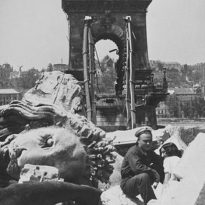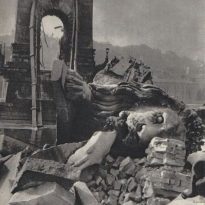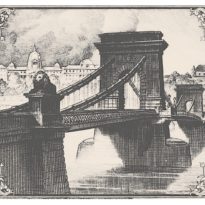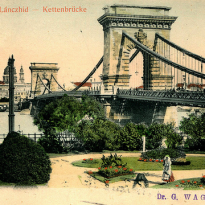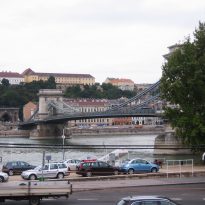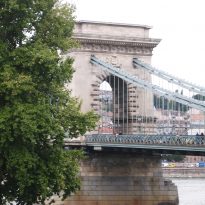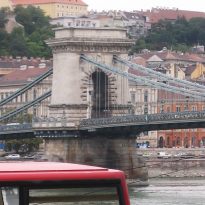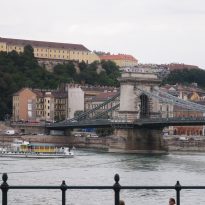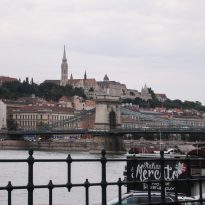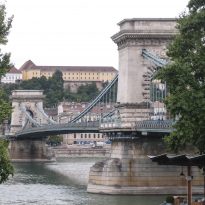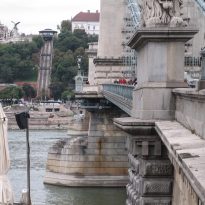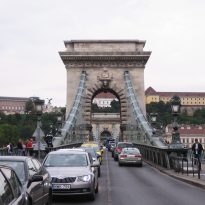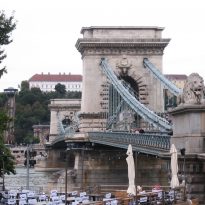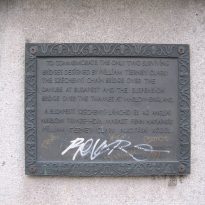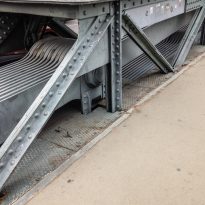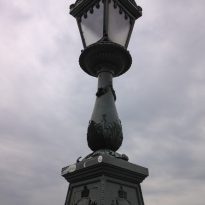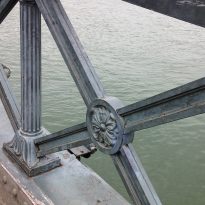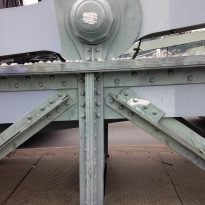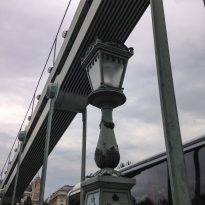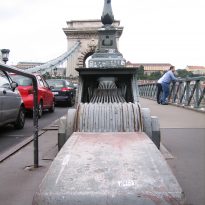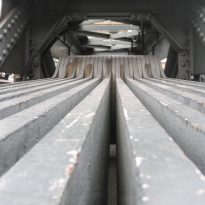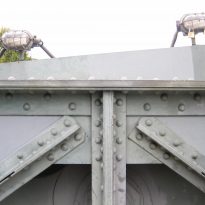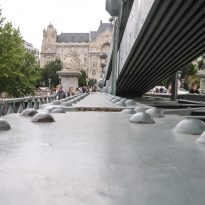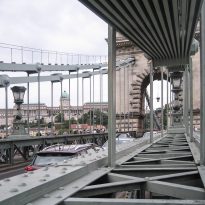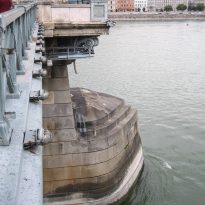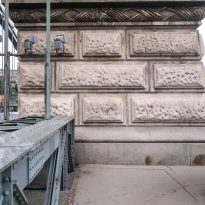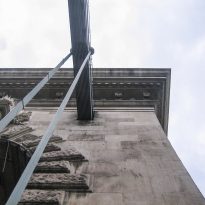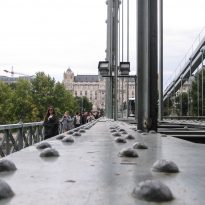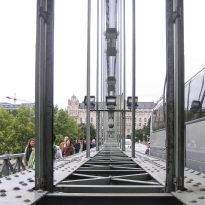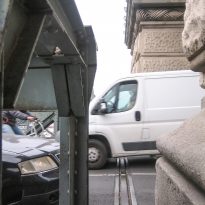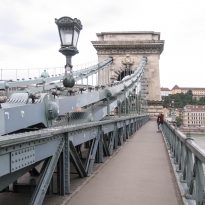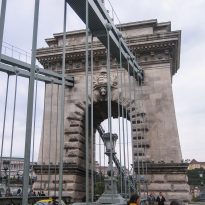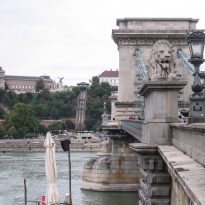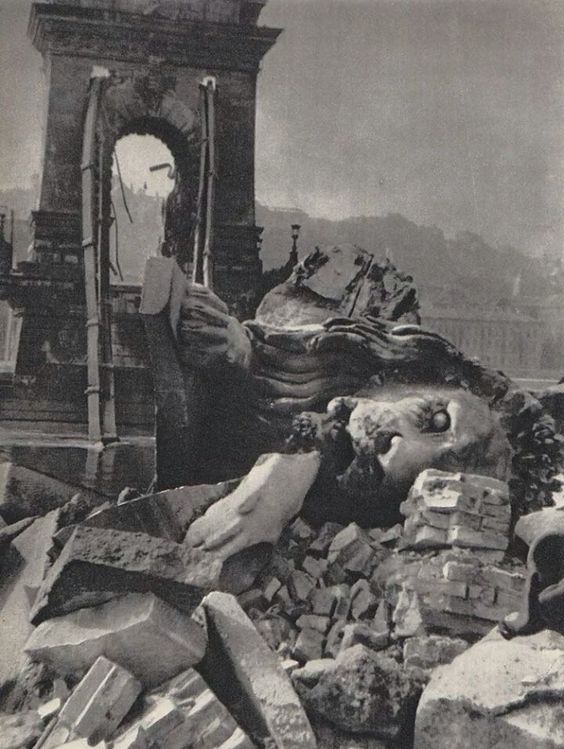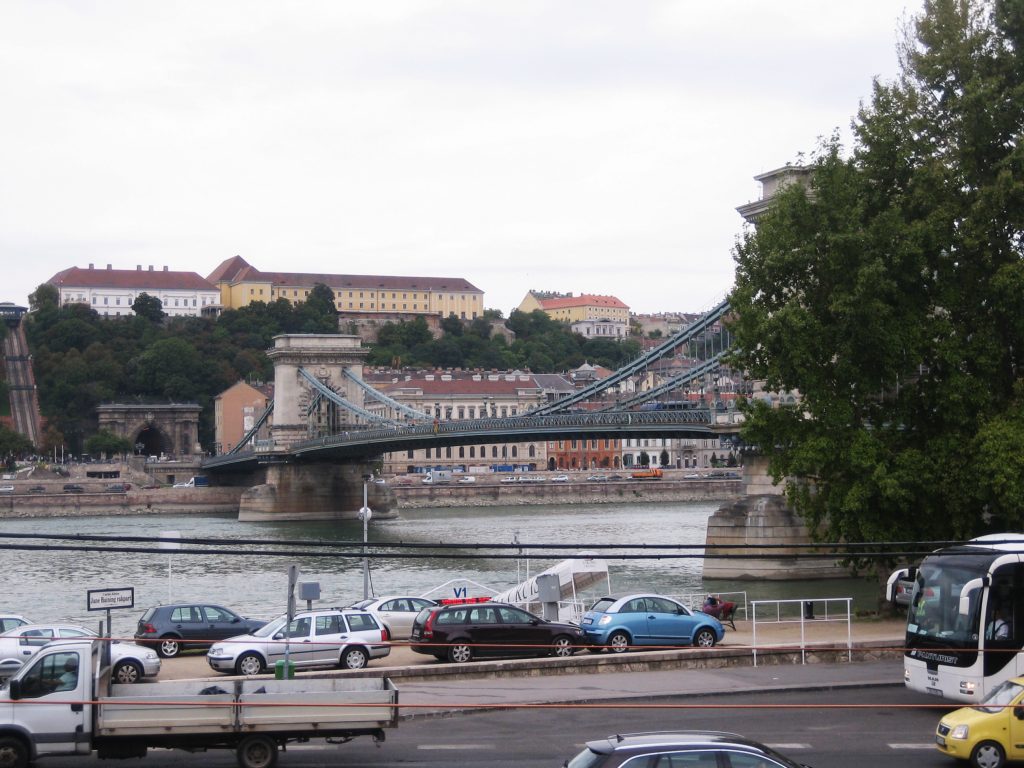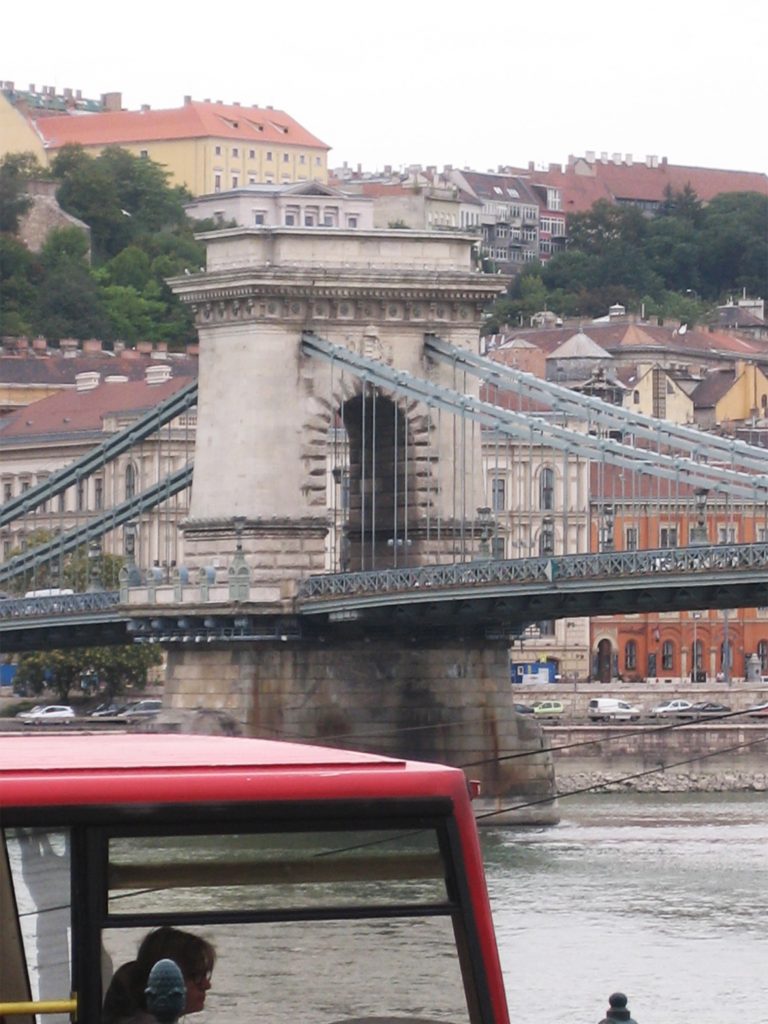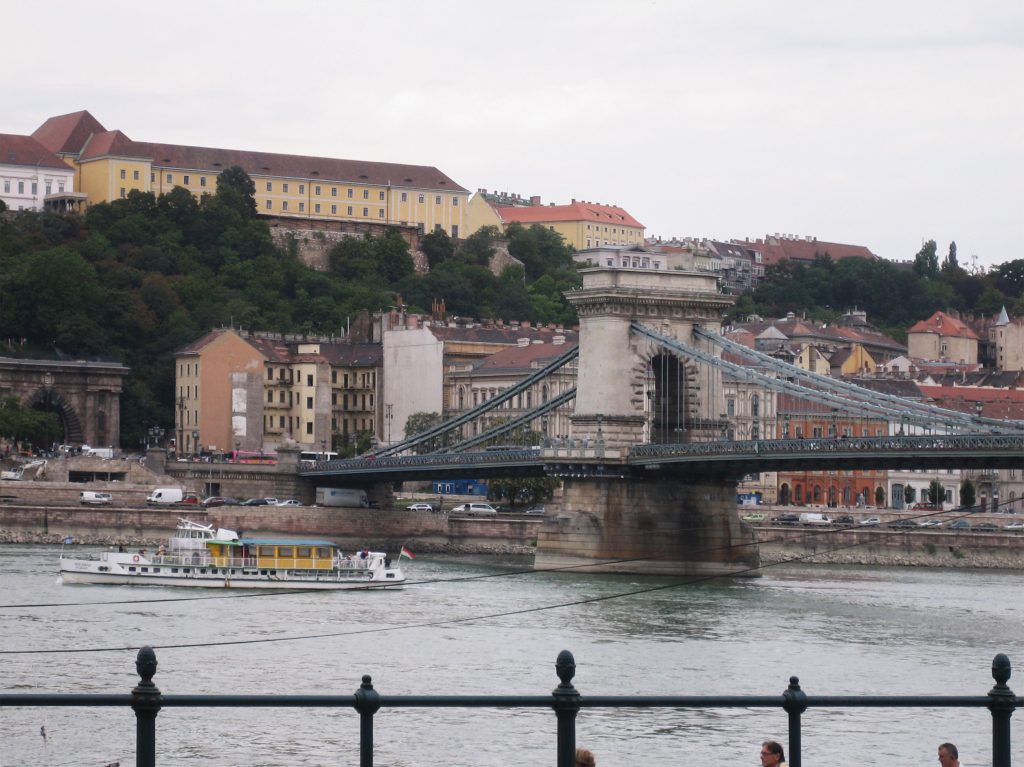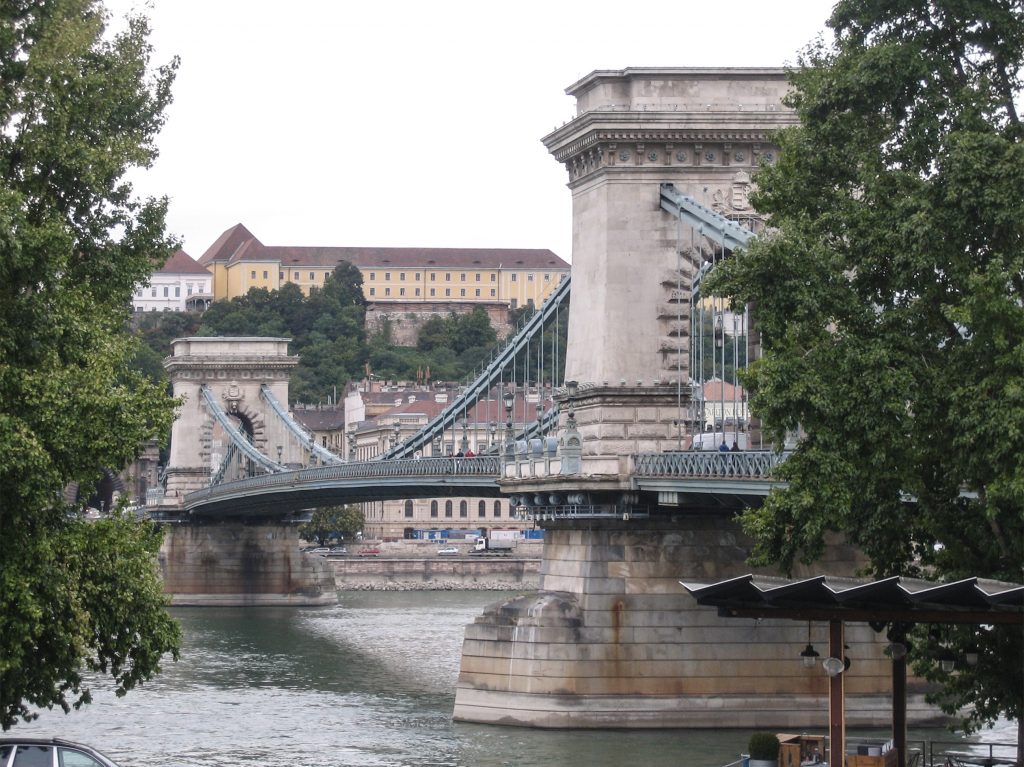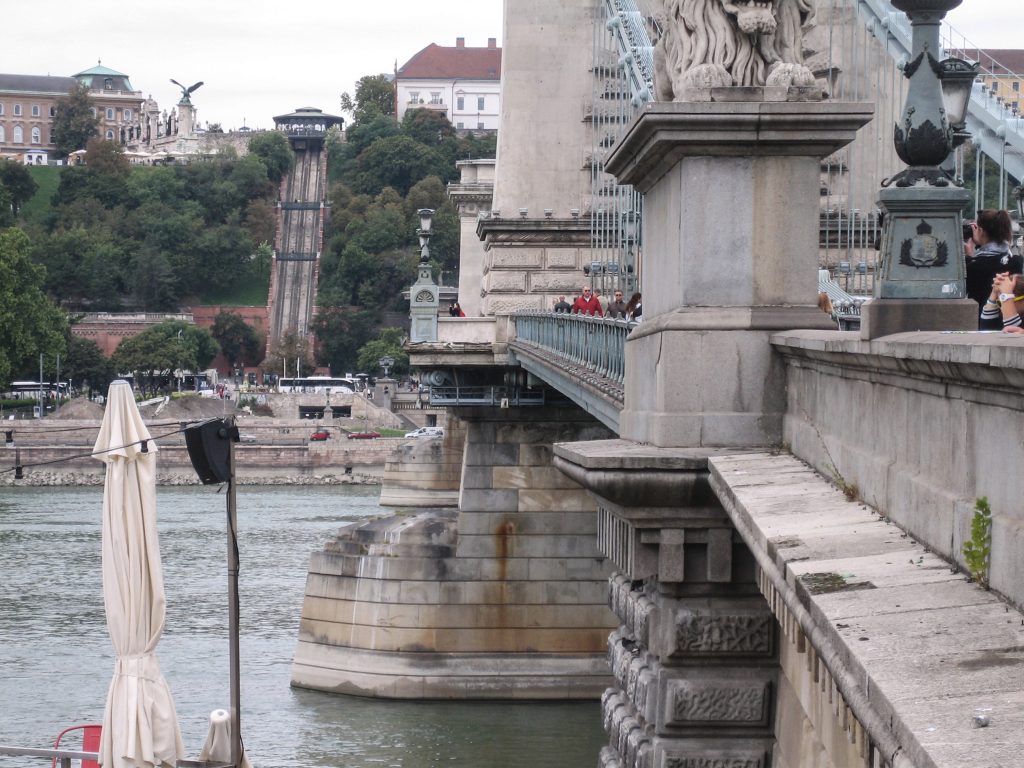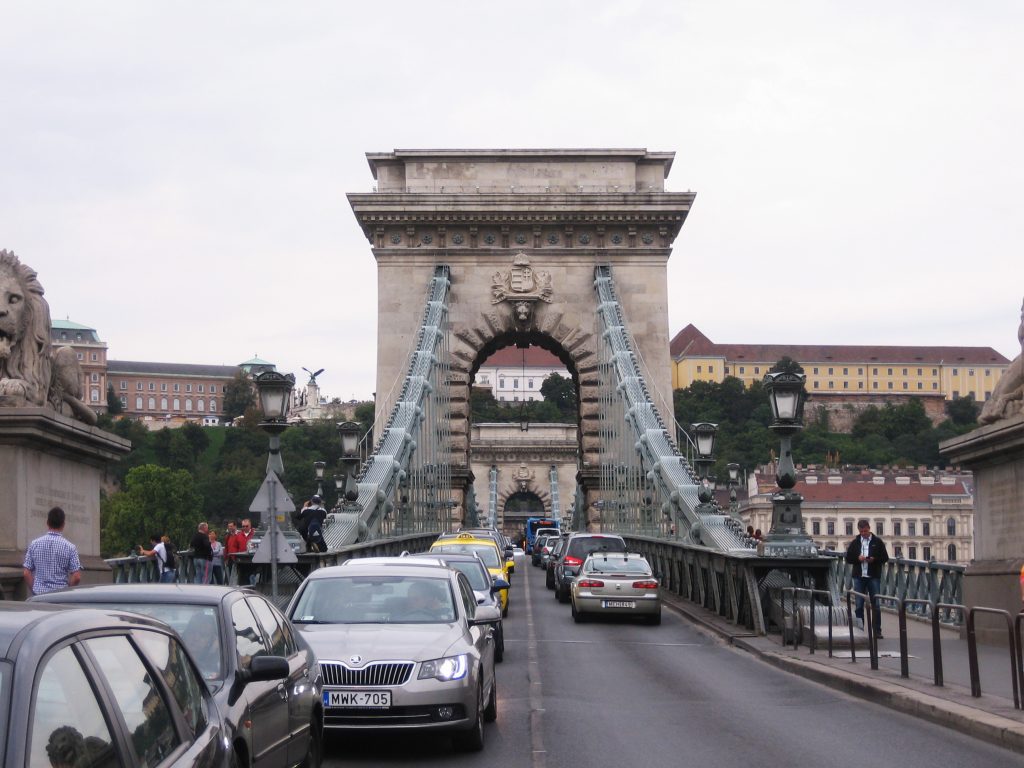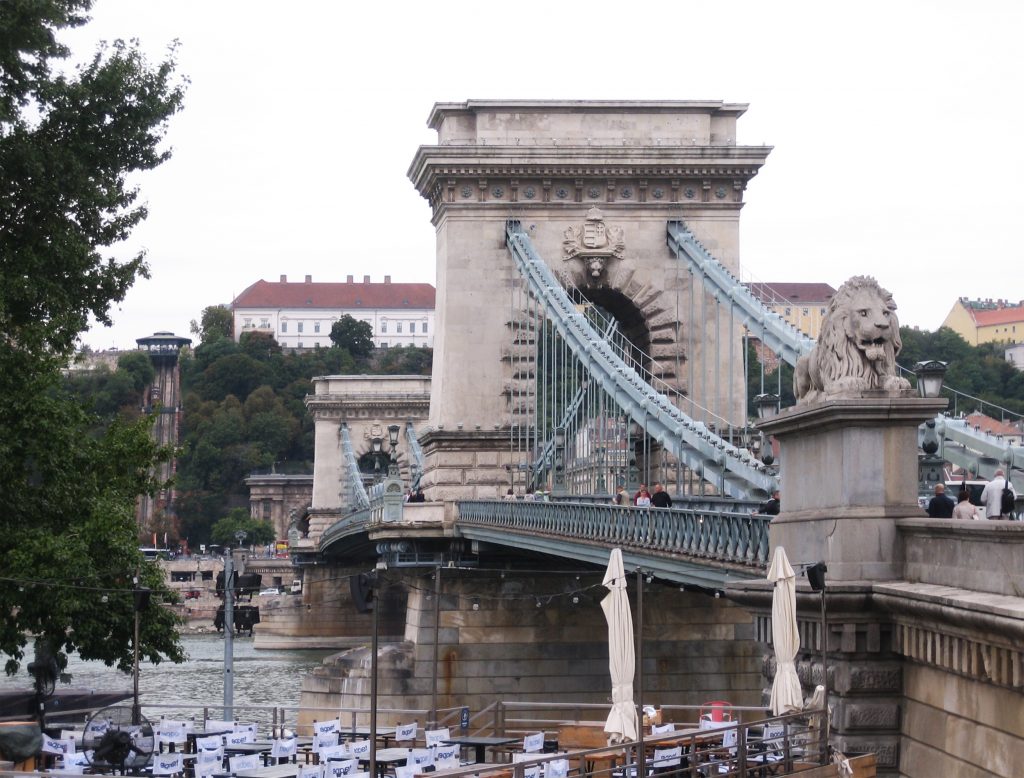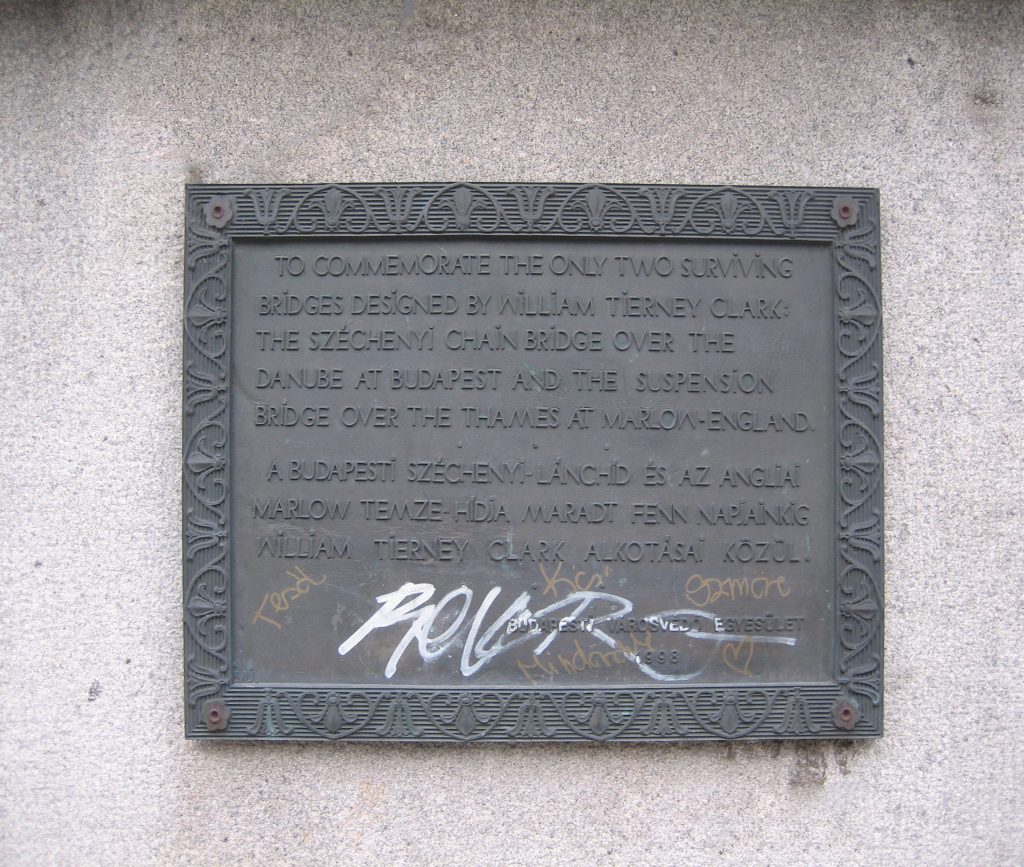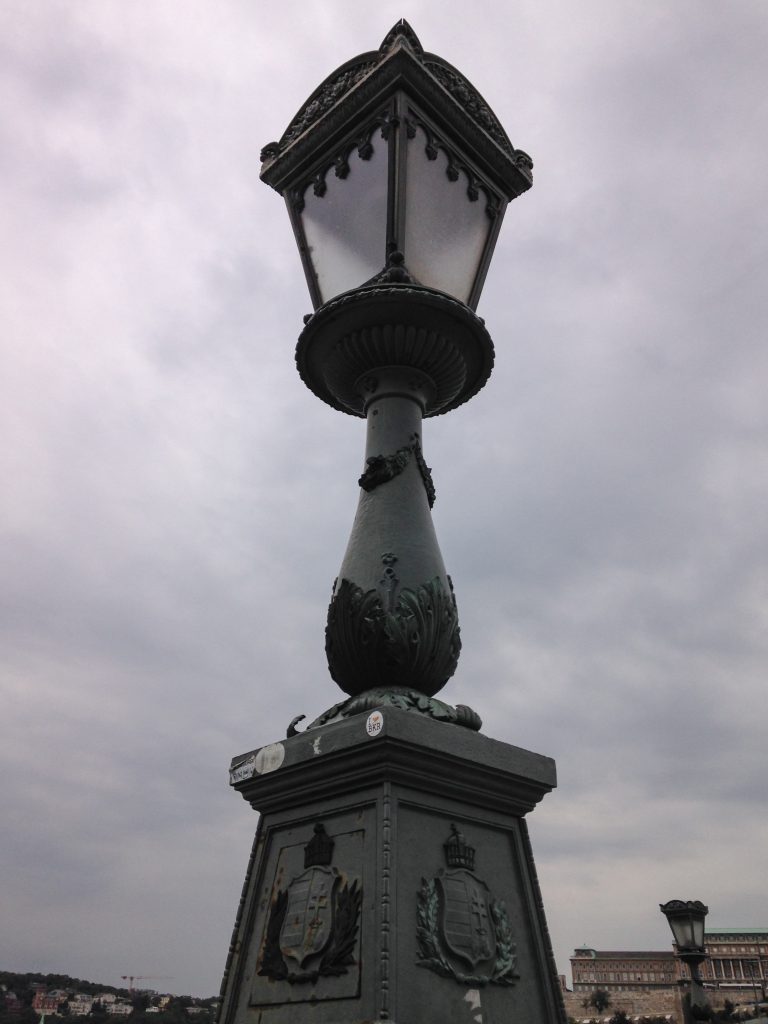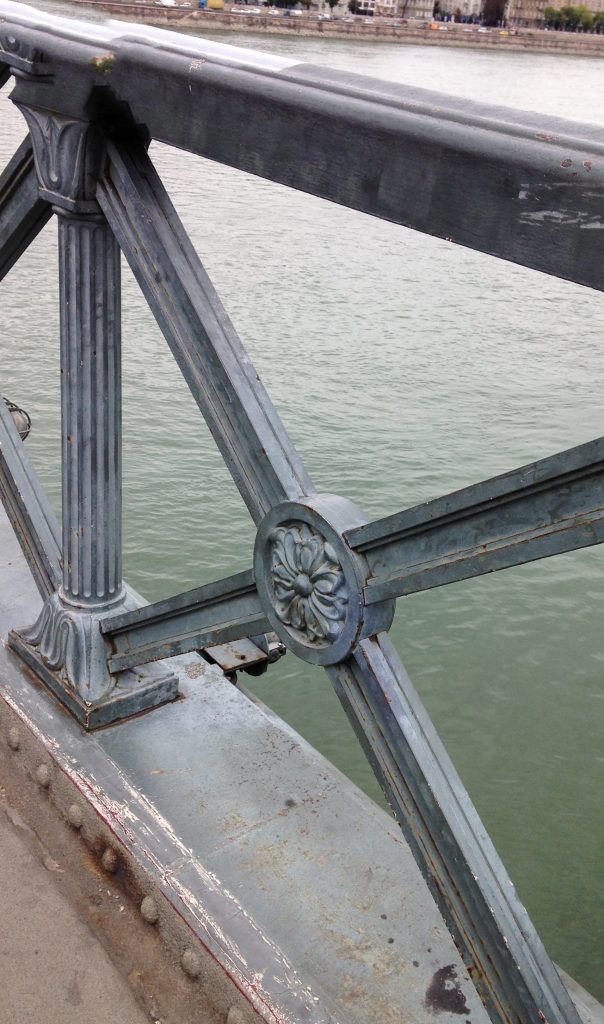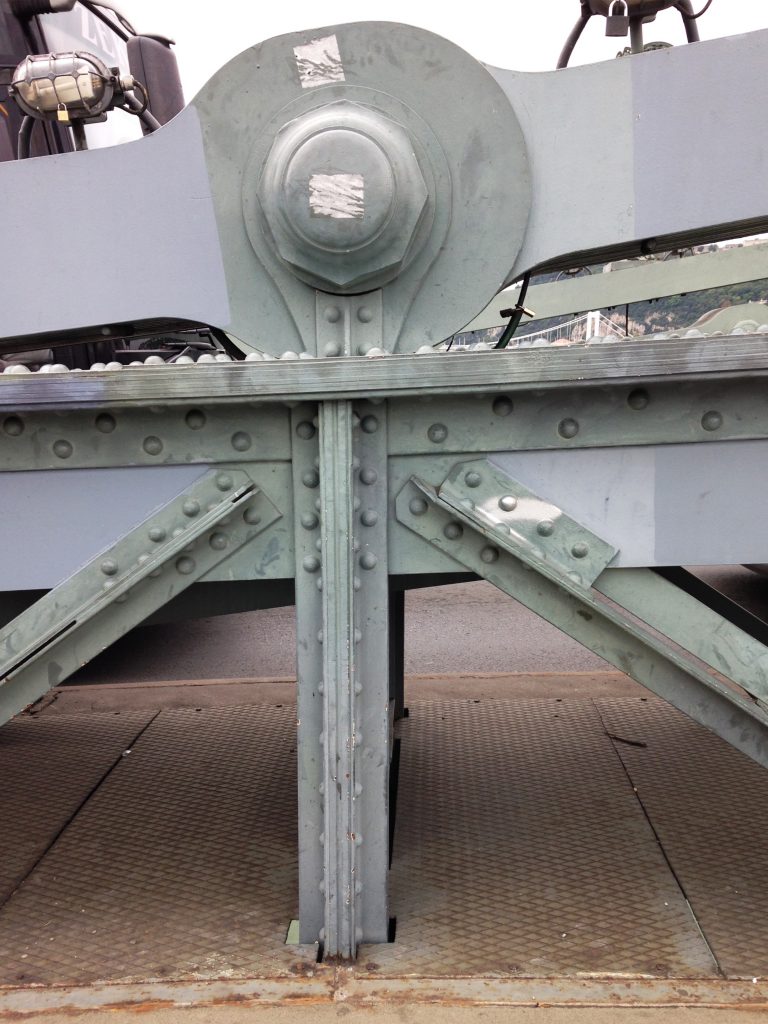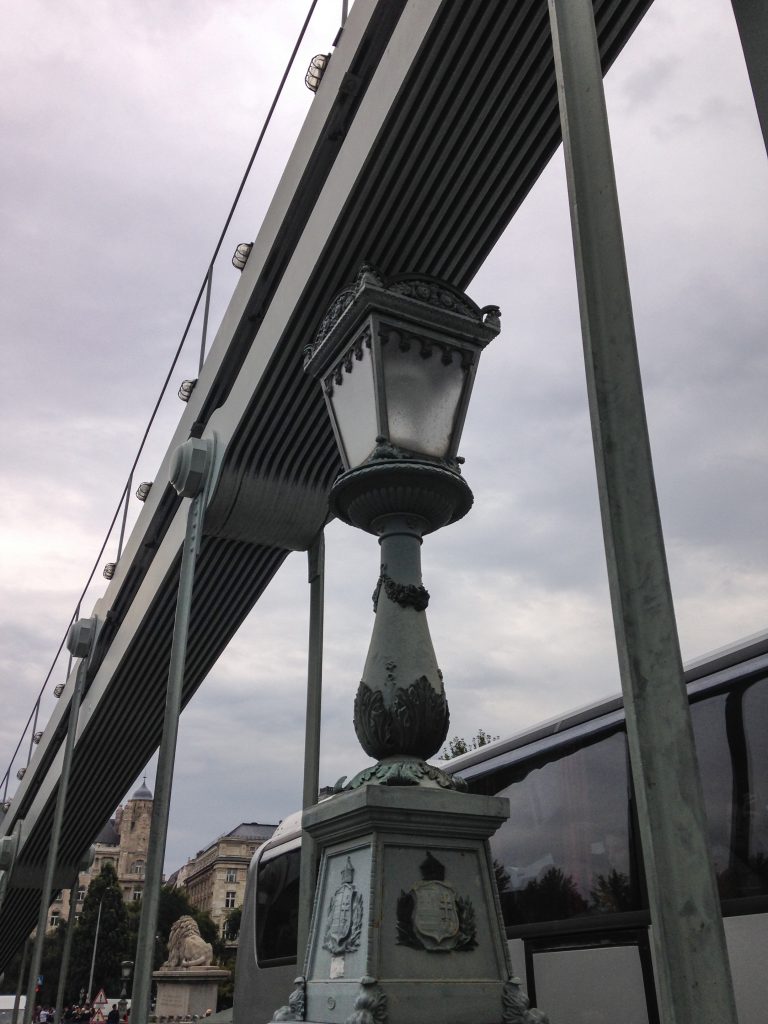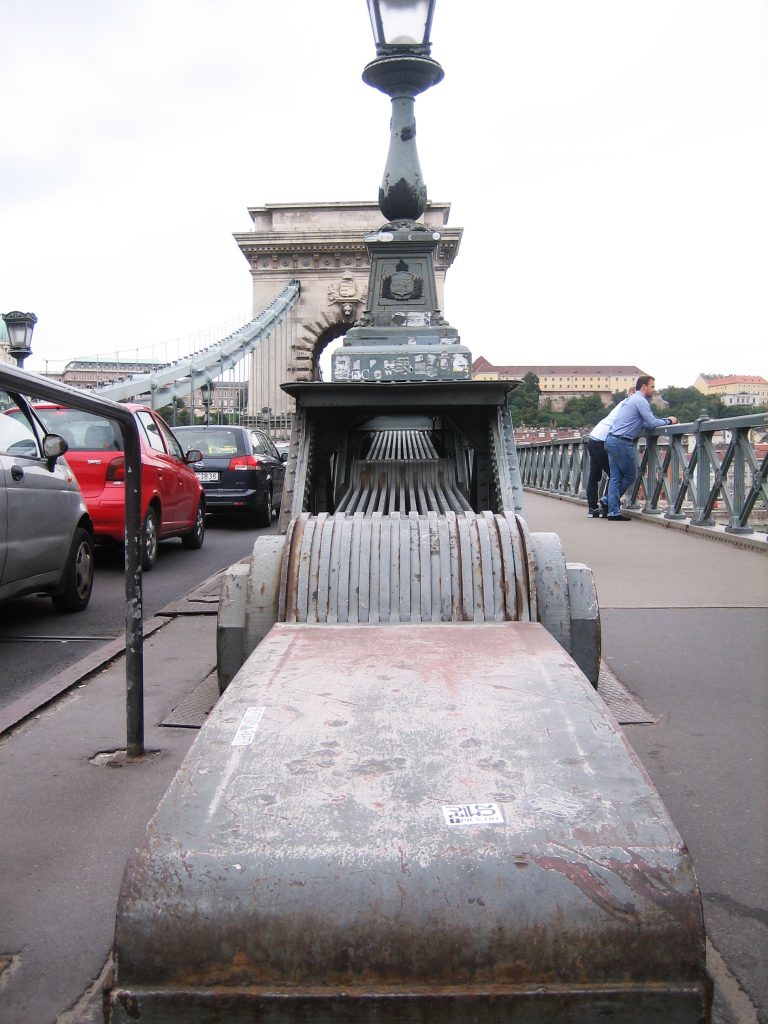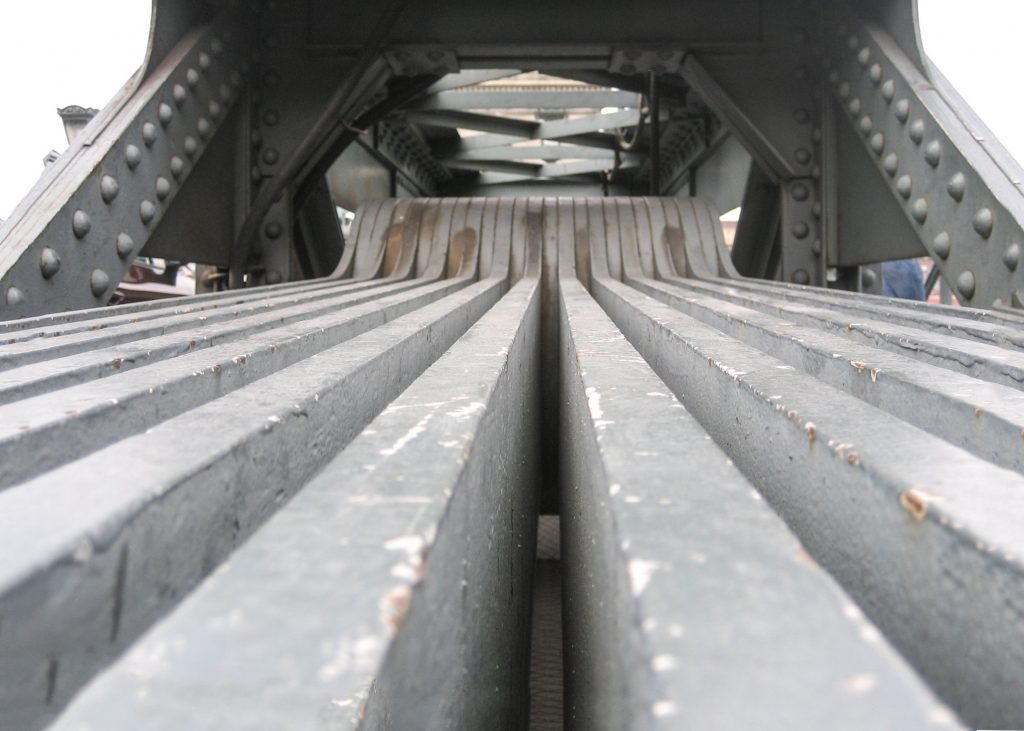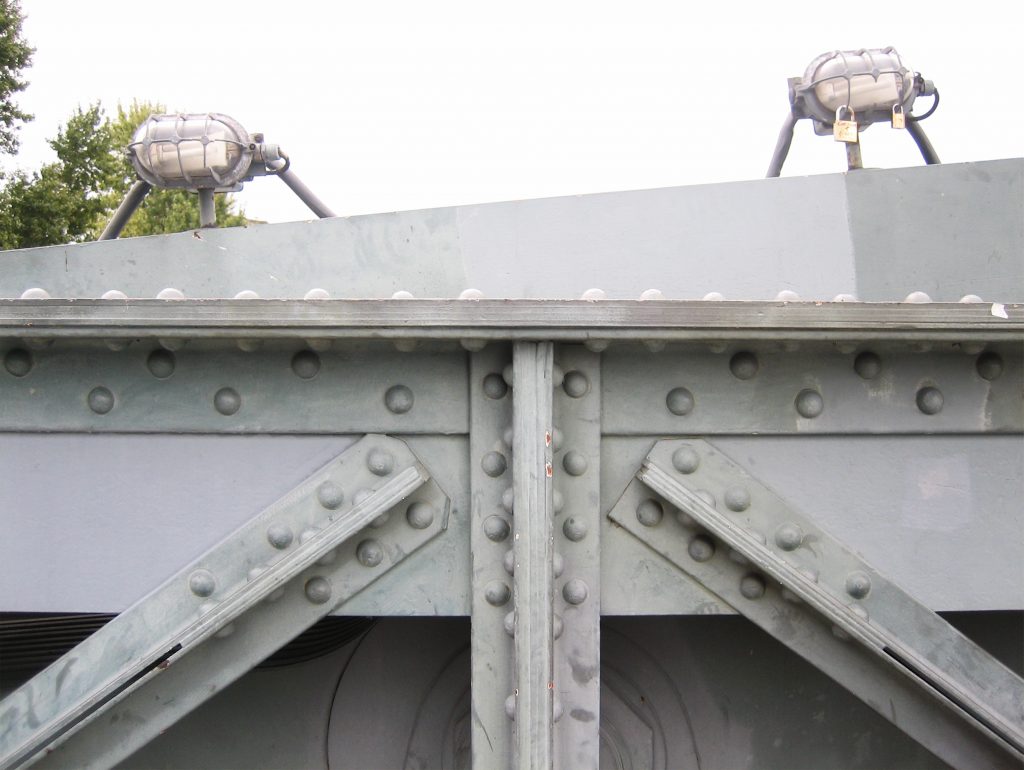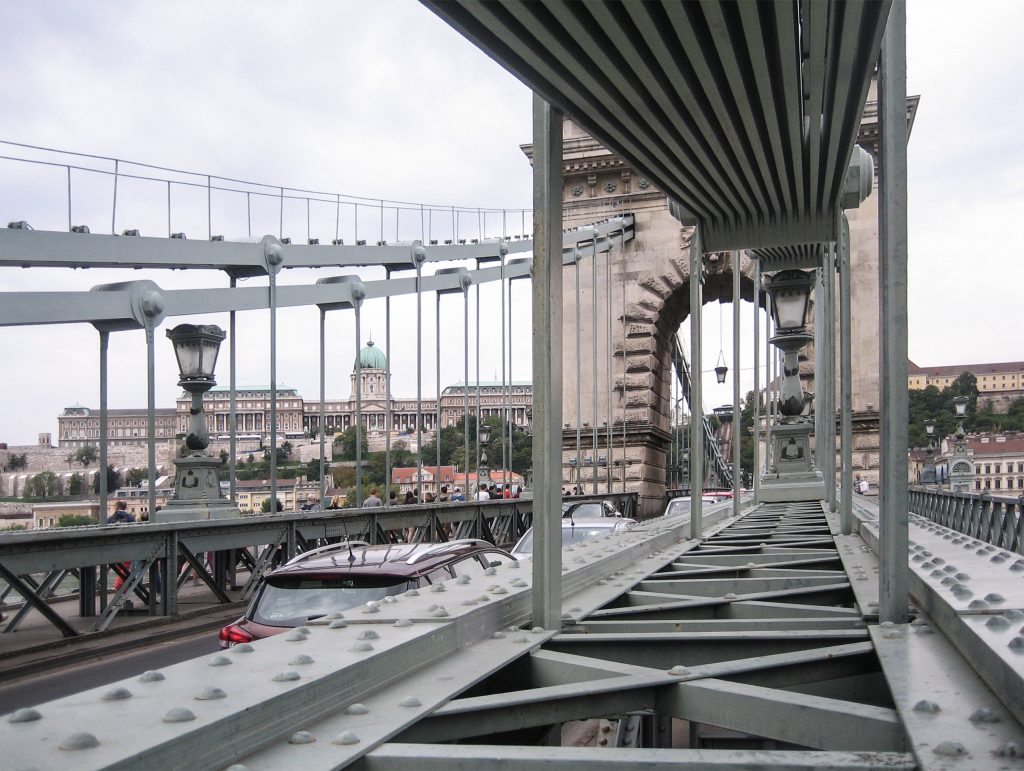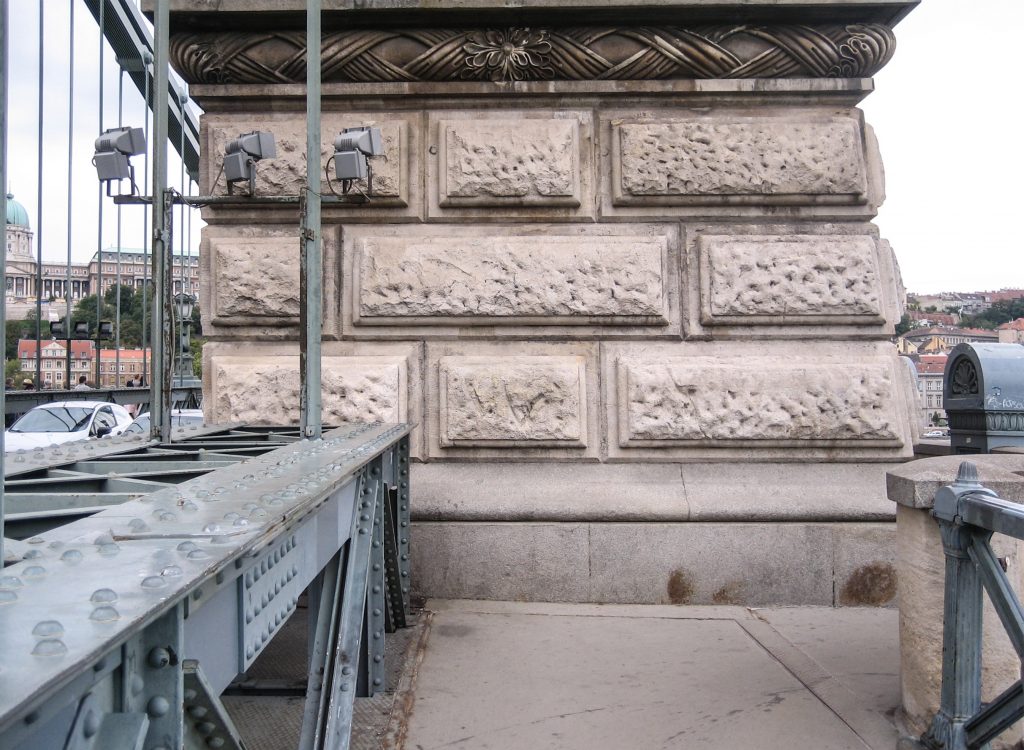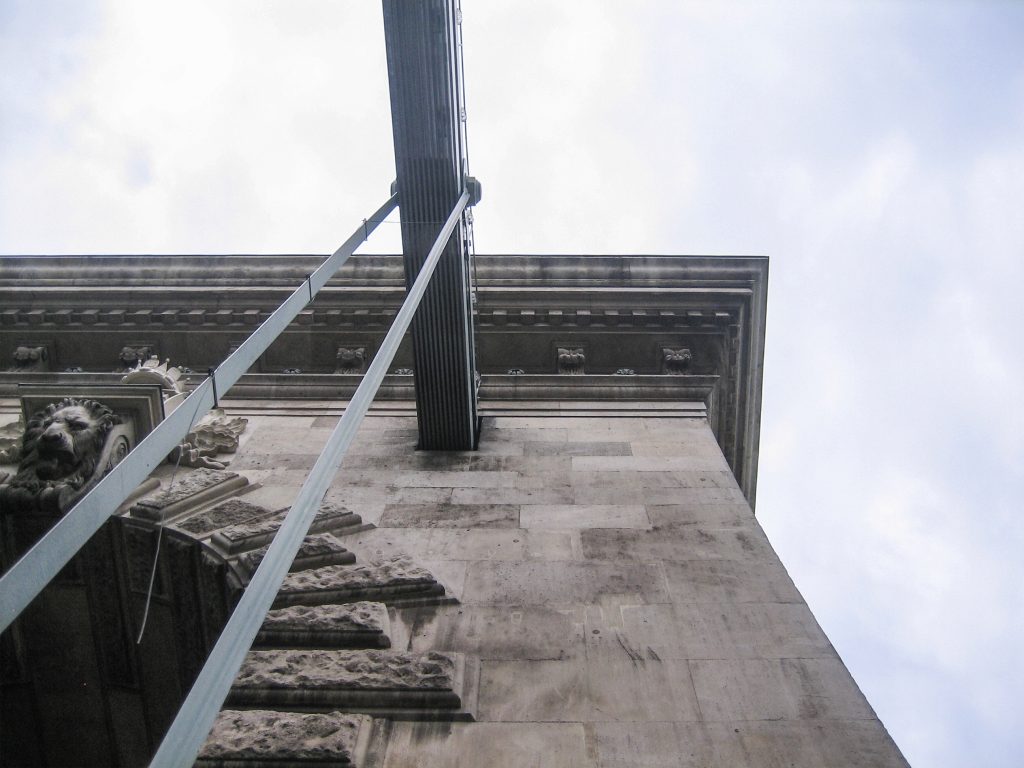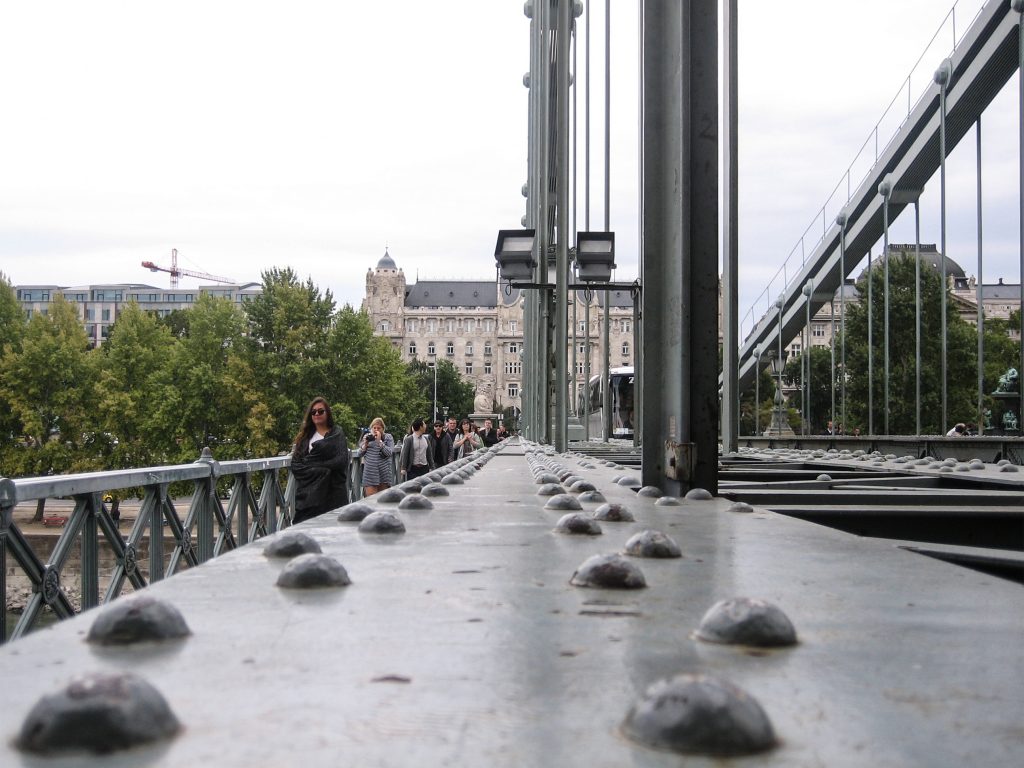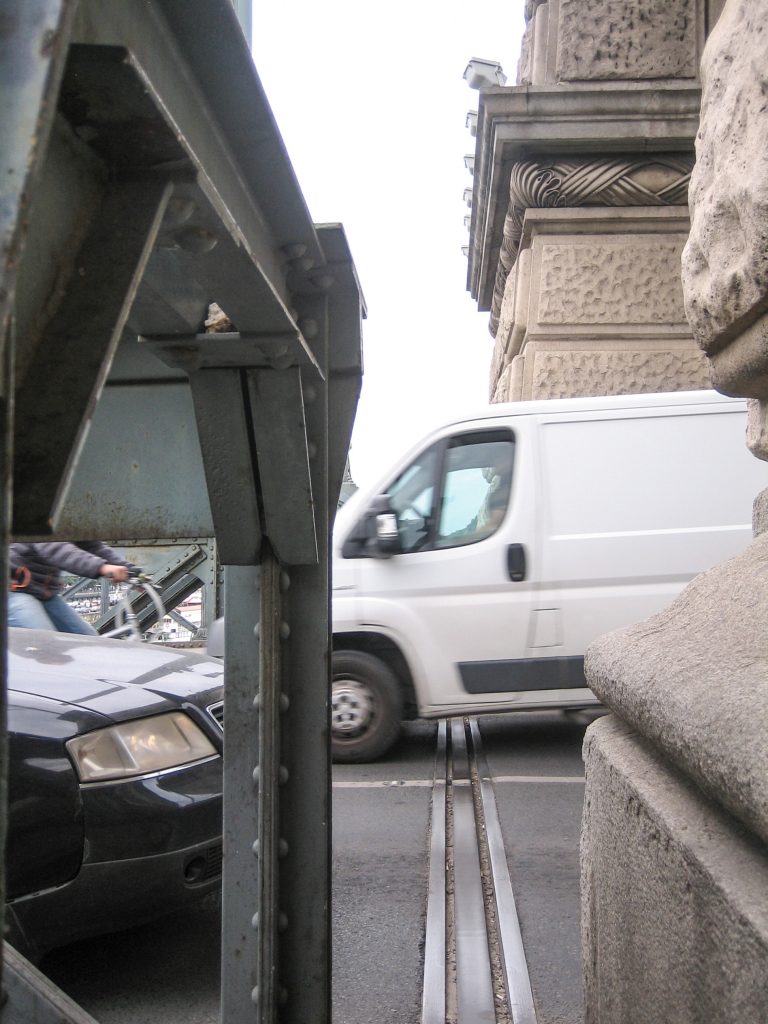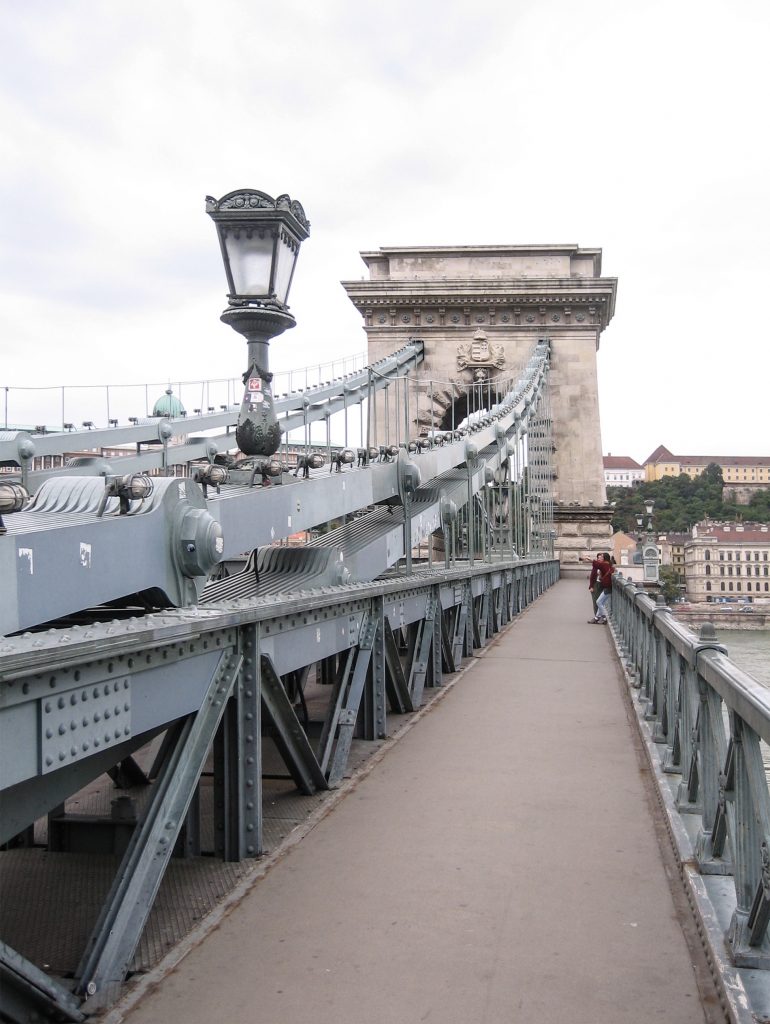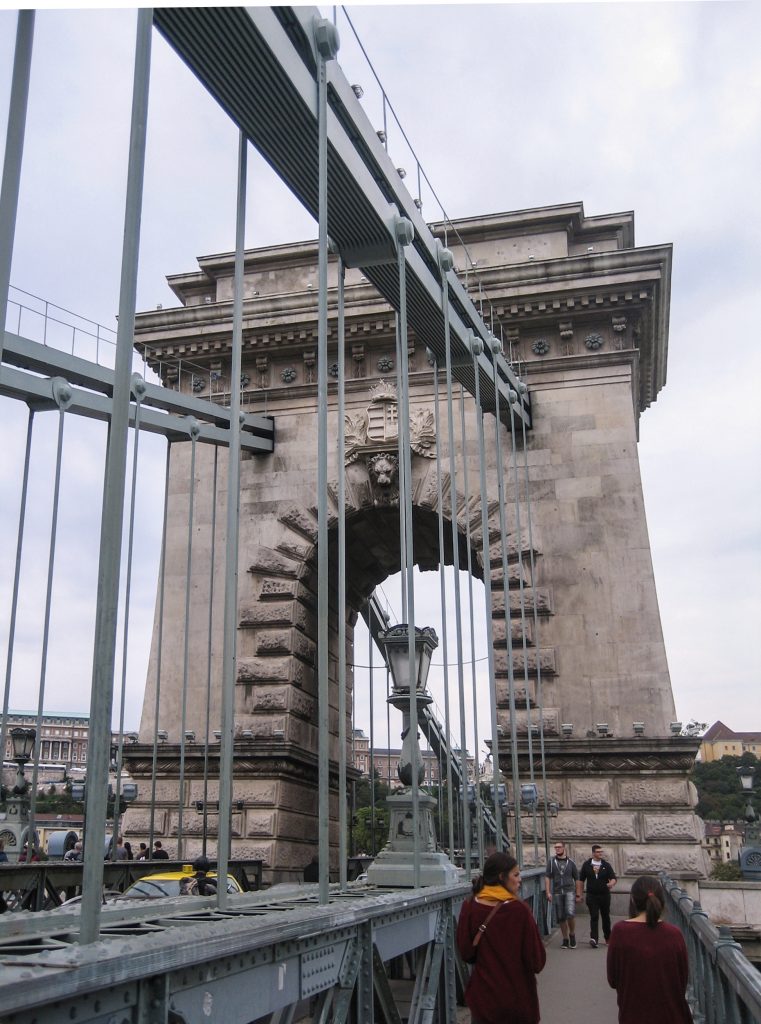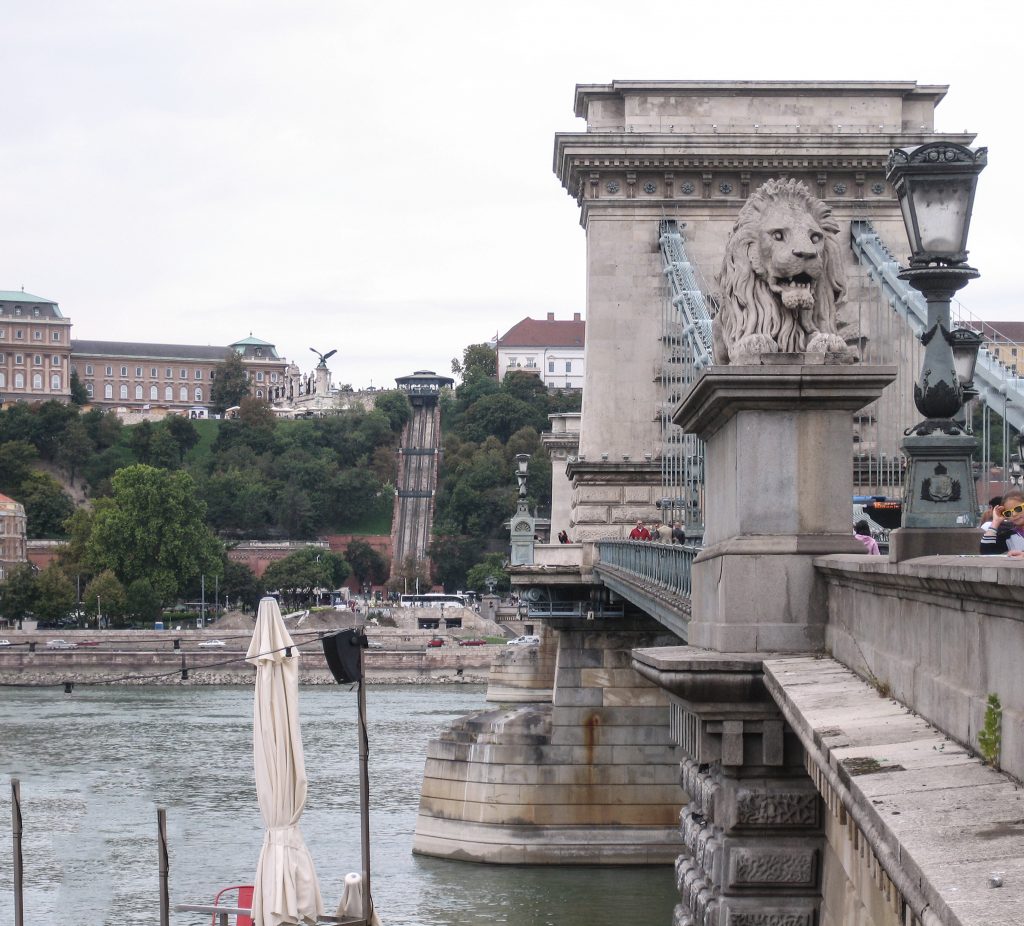Chain Bridge

Introduction
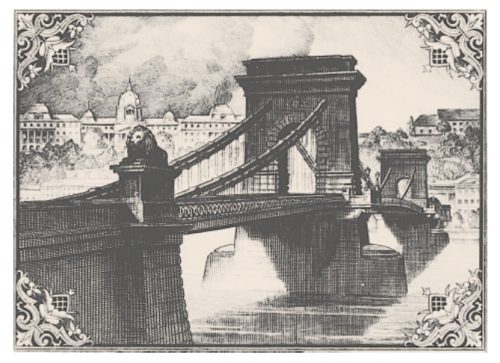
The Chain Bridge is one of the most famous landmarks Budapest. His hanging structure was built in the nineteenth century, it is the oldest of the bridges linking Buda and Pest across the Danube River. To date of its construction the closest to cross the Danube bridge was in Vienna or using a floating temporary bridge, but the only way to cross it in the winter months was using a ferry, when weather conditions permitted, and the temporary bridge that was mounted in the summer season had to be dismantled each year to protect it from ice floes floating adrift.
Its official name is Széchenyi Suspension Bridge in memory of who pushed for its construction. Széchenyi, a prominent statesman, could not attend the funeral of his father because the ferry service that connected the two parts of the city of Budapest was interrupted by bad weather. This disappointment led him to take the initiative to build a permanent bridge over the Danube. The bridge was inaugurated on 20 November 1849.
Meaning through time
The bridge started economic recovery in Hungary would lead to the golden age of Budapest, becoming one of the factors that helped two provincial towns as were Buda and Pest were to become a metropolis of rapid growth. The bridge is also a symbol of independence and was the site where demonstrations took place during the turbulent time of the fall of the Iron Curtain in 1989.
A detail that once the new bridge became a source of all kinds of opinions was that the aristocracy which until then was exempt from all taxation had to start paying toll for use.
Reconstructions
- 1915
At the end of 1800 the traffic of the first fixed bridge over the Danube in the Hungarian capital had greatly increased so that it was thought to strengthen and replace the irons in full. The works began in 1913 and ended in 1915. Although an extension of the bridge had also been necessary was set aside to not modify the original pillars. Special care was taken not to change the appearance of the bridge during the restructuring leaving unchanged the visible structures of columns and pillars, although they were reinforced to prevent a possible movement in the case of a powerful stream. Its original width of 14m 14.80m happened to be maintained until today. The bridge was reopened to traffic on November 27, 1915 and renamed the Széchenyi Chain Bridge.
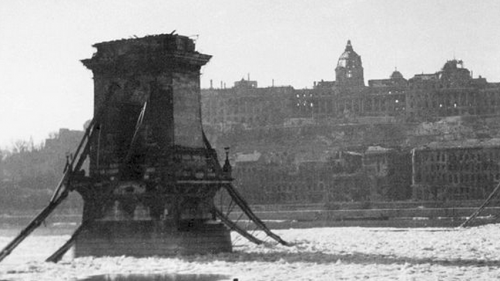
- 1949
During the War of Independence and in the final phase of its construction in 1848, the bridge survived an attempt to shoot it down by the Austrians.
On January 18, 1945, however, near the end of World War II, the bridge was blown up by the Germans, like all bridges of Budapest, in an attempt to stop the advance of the Red Army.
The bridge was one of the first structures to be rebuilt after the war. In the spring of 1947 construction work began, the gates of the pillars were expanded, the existing foundations were reinforced booths customs were demolished, was created a pedestrian crossing installed at the end of Buddha and the station was completed Metro tram on the Pest side. The people of Budapest were finally able to recover one of the most recognizable buildings in the city on November 20, 1949, exactly one hundred years after its initial opening. The current bridge is an exact copy of the original.
Location
The Chain Bridge across the Danube between Adam Clark (Buda) and István Széchenyi tér (Pest side) is the oldest of the bridges linking the two cities that form Budapest, the capital of Hungary.
At the end of Buddha Clark Ádám Square it is where you access the funicular up to the castle and at the opposite end, in Pest Széchenyi István the busy Plaza.
Construction
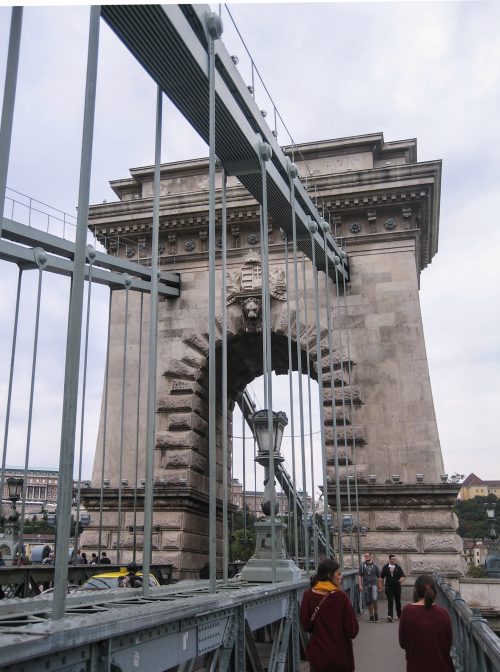
In 1836 Széchenyi contacted the English engineer William Tierney Clark to design a bridge. Clark had the right experience, as he had designed two suspension bridges over the Thames: Hammersmith Bridge in London and Marlow Bridge, the latter with a very similar design Budapest, although smaller. The construction of the Chain Bridge began in 1842 under the leadership of the Scottish engineer Adam Clark who by chance coincided with the surname Clark.
Structure
At the time of its opening with its 380m long and 16m wide was the longest bridge in Europe, the world’s second, and a marvel of engineering. His greatest span is 202m and each pedestrian lanes has a width of 6.45m.
Only two towers decorated with stone vaulted Hungarian coat of arms serve to support robust iron structure weighs approximately 5.200tn and sections of giant iron chains that keep the two-lane bridge in suspension and give the name of Chain bridge (Lanchid in Hungarian). Two stone lions at each end, by the sculptor János Marschalko, guarding the bridge.
- Chains
Iron chains, of which hangs the road, hanging from two piers in classicist style 48m plunging into the river and give name to “Chain Bridge”. The chain links are made of iron plates with a length of several meters, its sections or links are connected by large rivets that allow the chain is real and can make small movements with a very similar system to that of a chain bicycle. The chains cross the top of the pillars on which sobe large iron chairs are supported.
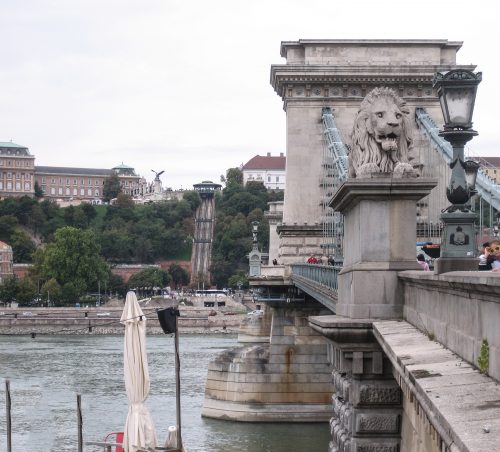
Between the two columns, chains hanging and past the pillars are directed towards the banks where they continue underground to reach deep, called “chambers” where the ends of the chains are anchored by huge blocks inclined iron.
- Stone lions
Placed stone lions on pillars are carved by sculptor János Marschalko. They took place in 1852, three years after the inauguration. On the Buda side, its base also contains the shields of the Széchenyi and Sina families conducted by András Gál. They have survived the destruction of World War II. It is a widespread urban legend in Budapest that lions Chain Bridge have no tongues. Legend has no factual basis, lions have a language, however, it can only be seen from above.
Video
